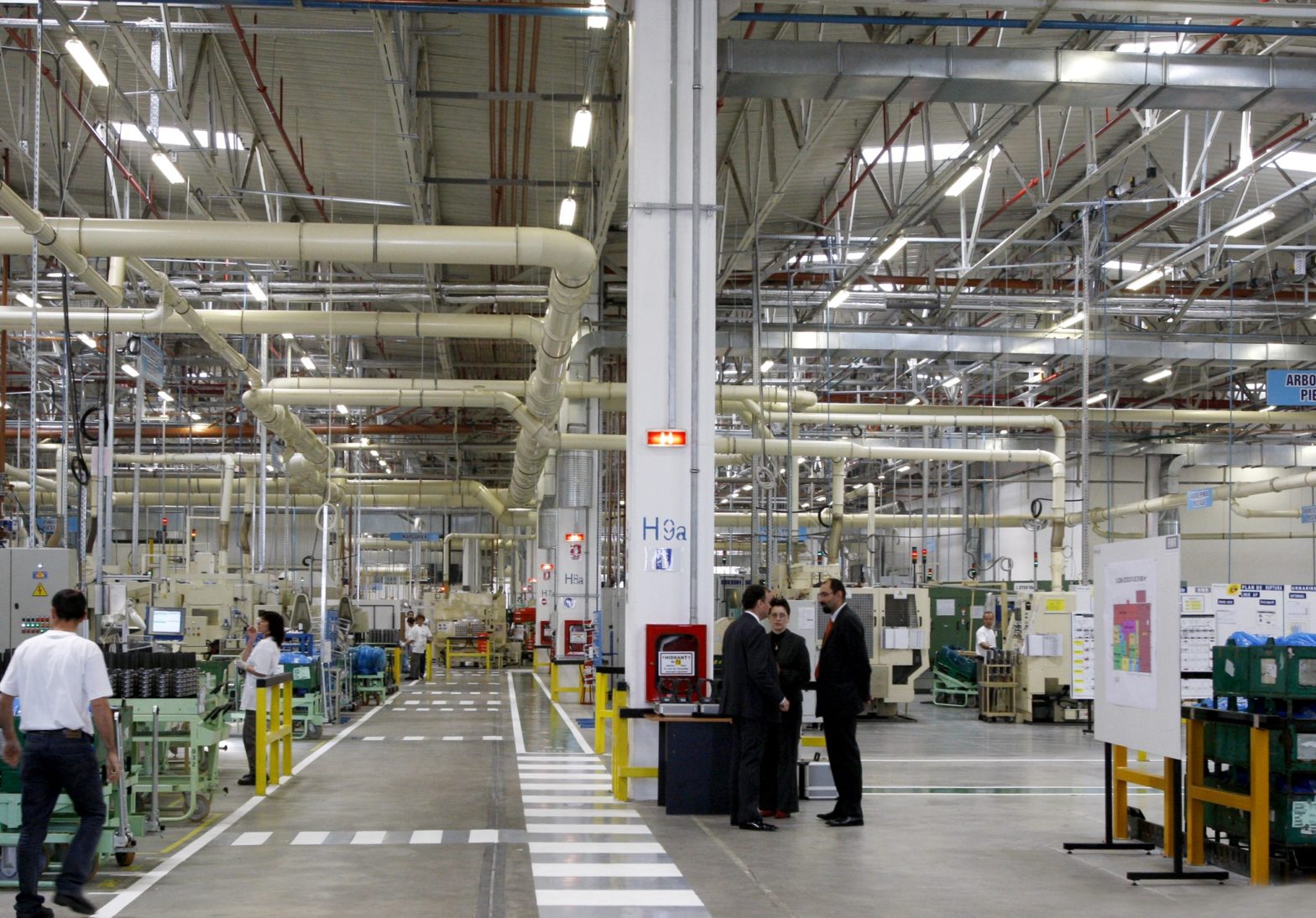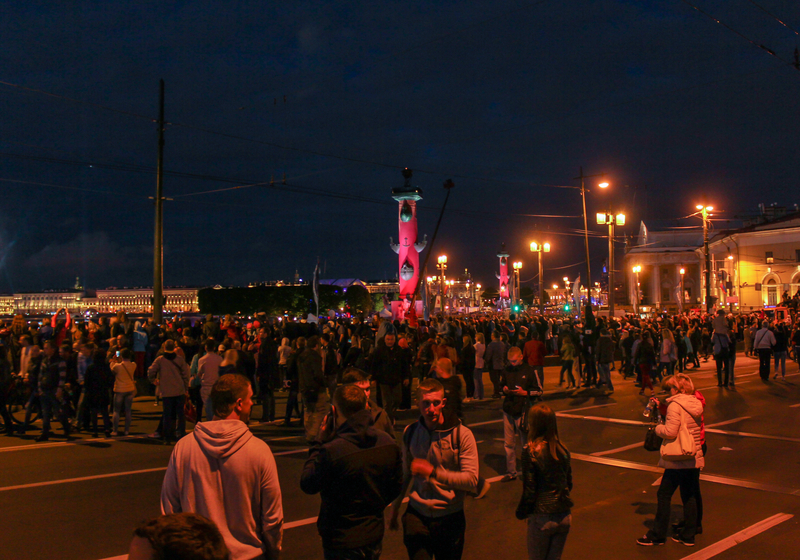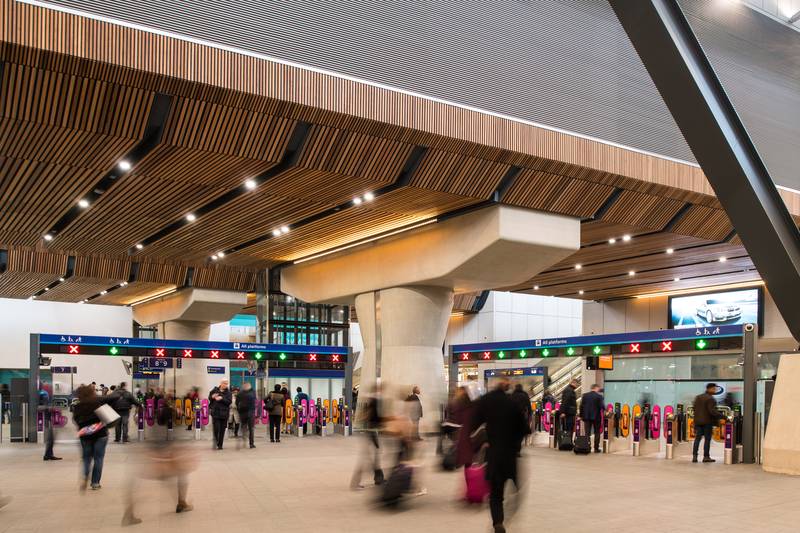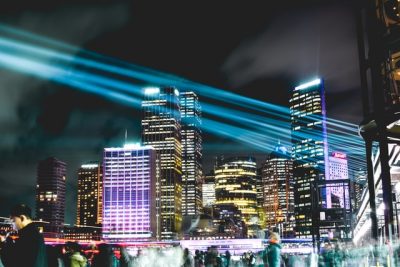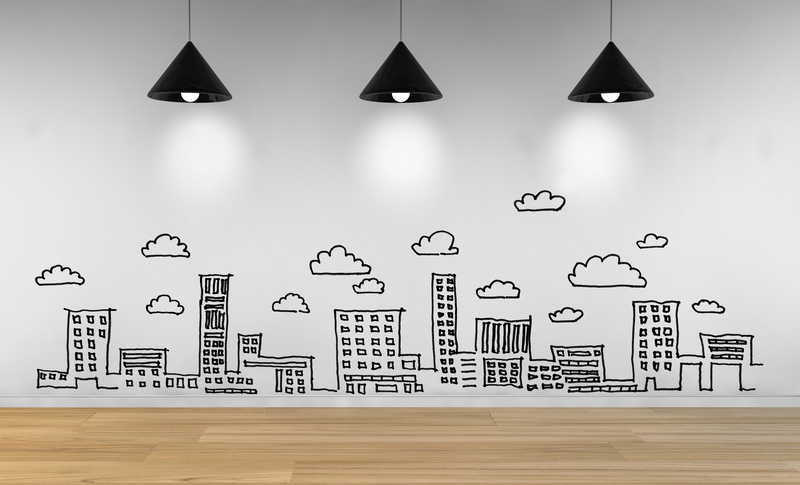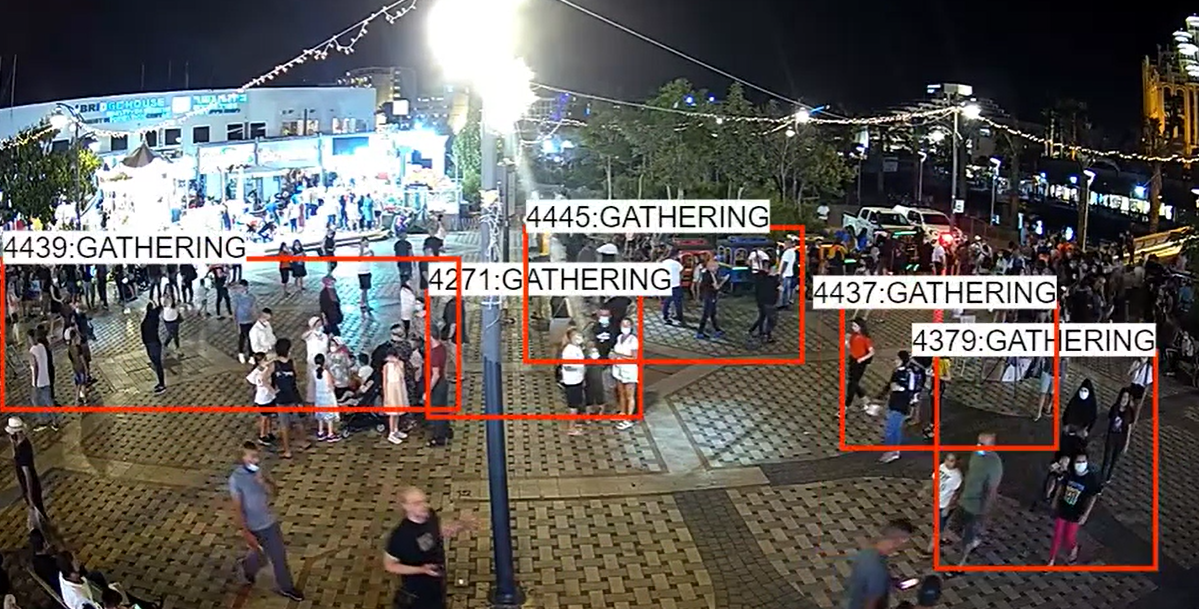
How schools are using technology to create safer spaces
09 July 2021
Schools and universities have a duty to keep students safe while they are on the premises. This involves a mix of policy, communication, training, and – increasingly – technology.
In light of COVID-19 and other trends, there are some key issues to consider.
Protection against theft and vandalism
School and university resources are often scarce, and addressing vandalism, break-ins, trespassing, and graffiti can be expensive and time-consuming. Many educational institutions are investing in new tools to deter crime in a cost-effective manner.
A recent survey found that schools in the UK have been targeted by criminals during the pandemic, with 35 percent experiencing some form of crime over the last 12 months. Independent schools were worst affected at 58 percent, and three-quarters said they had introduced new measures to protect the school since the outbreak of the pandemic, including CCTV (36 percent), new alarms (30 percent) and more security fencing (23 percent).
While CCTV is a popular choice of deterrent, typically these cameras only support a reactive investigation. Greater insights are needed and the latest video analytics technology can turn existing camera networks into a tool for proactively managing risks in schools and on campuses.
While standard camera systems identify people or object movement based on pixel change, the most advanced software, such as solutions from viisights, can now identify specific behaviour like fence climbing, as well as detect smoke and fire via scene-change analytics.
This keeps buildings safe, particularly when they are closed, without the need for additional security staff.
Reducing violence
Although schools and university campuses are typically very safe environments, some high-profile incidents and worrying trends have heightened concerns among teachers and parents.
One report found that assaults in schools increased 72 percent between 2015 and 2019 in England. A separate investigation raised concerns about the number of weapons seized in schools in England and Wales, including Samurai swords, axes and air guns, as well as a “worrying” increase in young people carrying knives.
Alongside education and awareness programmes, deploying technology can help alleviate fears and make people feel safer, as well as serving as a critical response tool.
New systems which use machine learning to distinguish whether people are embracing, playing sport or attacking each other help to minimise false alerts.
They can also detect weapons and raise real-time alarms so that situations can be investigated by a trained professional and defused before they escalate.
COVID-19
COVID-19 lockdowns have had a huge impact on families and young people’s lives. All efforts are now on enabling schools and universities to reopen and stay open safely.
During the pandemic, several schools have used thermal imaging cameras and deployed video analytics to monitor mask-wearing and social distancing. Longer-term, real-time video analytics solutions can be used for building protection and to prevent violence and intruders. Equally video can be analysed to enforce no-parking zones near schools to improve air quality.
Privacy is especially important in school settings. Modern surveillance systems can provide benefits without any need for facial recognition, but transparency is still fundamental when deploying any system. Students, parents and staff must be informed how technology is being used, where, and – most importantly – why. Schools and universities should consult with representatives of all parties before they draw up policies and should always make such policies available for review.




